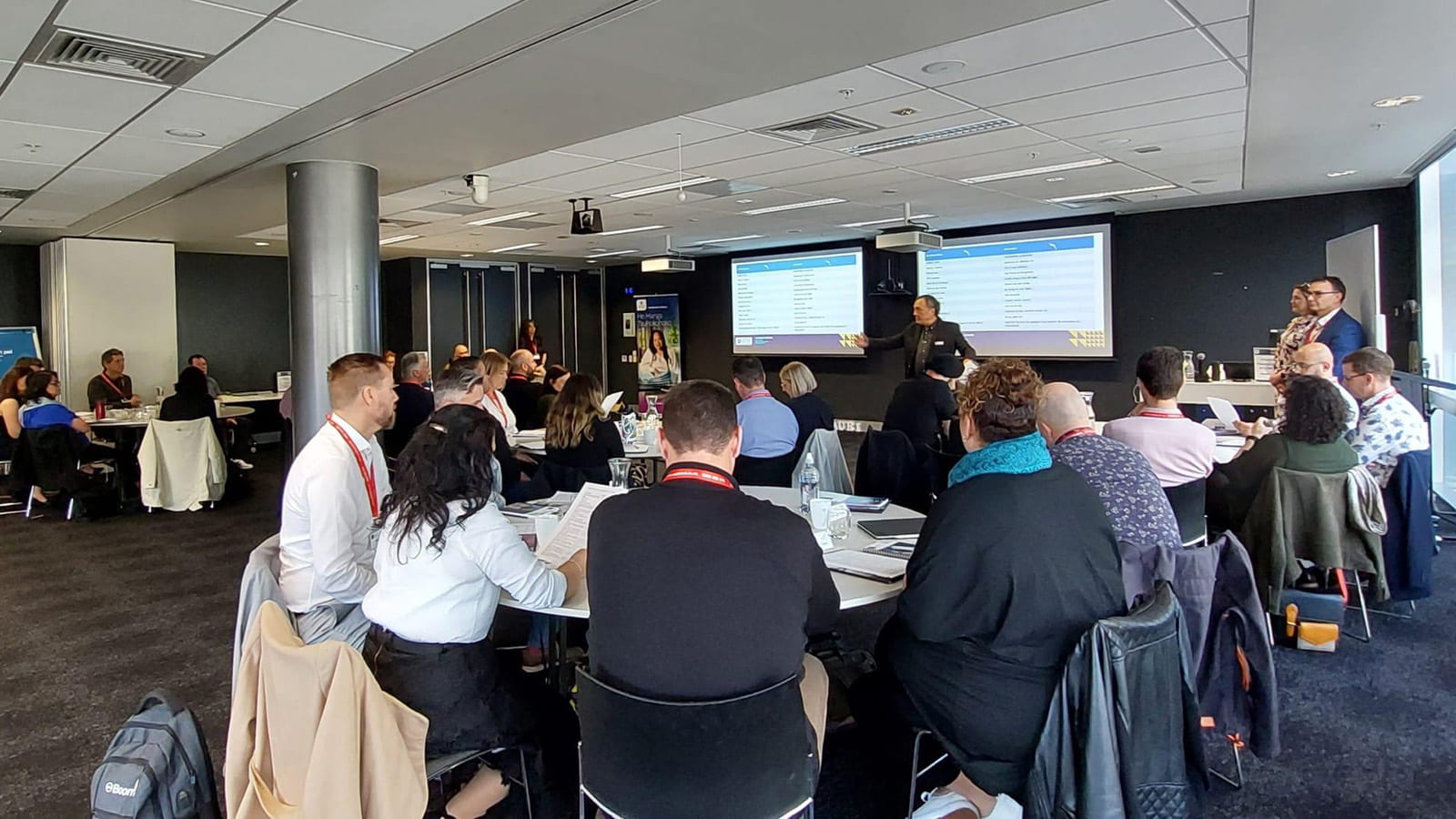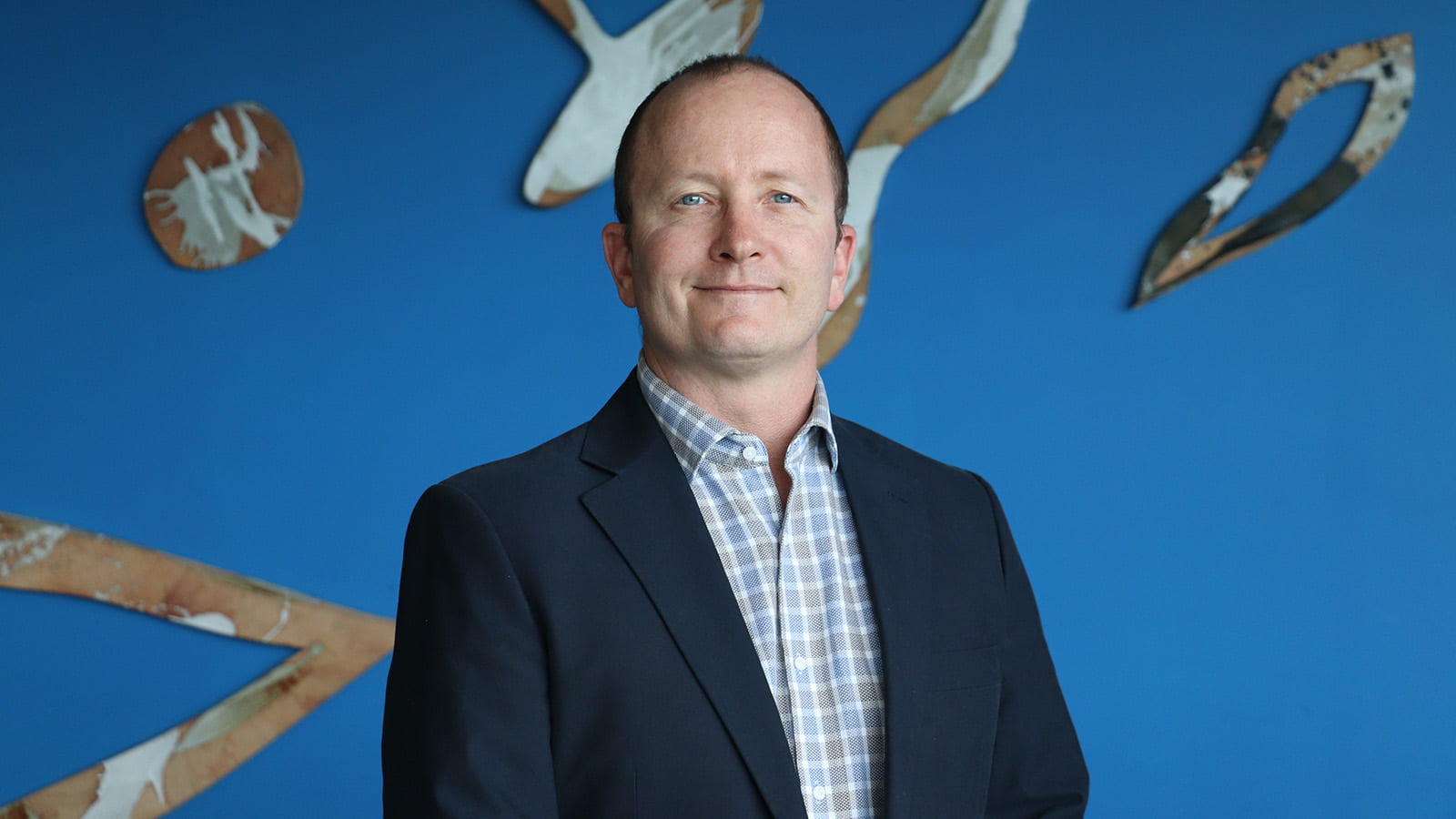Driving innovation from the top down: Reflecting on the role of the C-suite
Dr Guy Bate, an innovation expert and one of the facilitators of the Transitioning to C-Suite programme, explains the vital role of C-Suite in making the ‘big calls’ that influence innovation. C-Suite members shape organisational culture, structure and practices and drive innovation from the top down.

First, C-Suite members can sometimes carry a misconception that innovation is all about new products and services. Functional teams, such as product development and marketing, are therefore allocated primary responsibility. However, these teams can only be innovative if they are supported within the wider organisational context.
This is where the C-Suite’s role is vital. They make the ‘big calls’ that influence innovation: They set strategic direction, steer operations, drive change and allocate resources and investment. They are in a position to shape organisational culture, structure and practices. Innovation should be thought of as a core C-suite activity; it is driven from the top down.

Second, and building on this, the C-suite can ask the following questions to pressure test the extent to which their organisation is fit for innovation:
- Is innovation reflected in our vision and mission? How should/could it be?
- To what extent is it part of our strategy and business model? i.e., How do we create, deliver and capture value through innovation to meet our strategic goals?
- Do we know what impedes innovation across the organisation, and how can these barriers be addressed?
- How do we organise for innovation, and how might it be improved? i.e., What roles, teams, processes and practices do we need, and how should these be integrated to build a common or aligned set of innovation values?
- How can we foster and support innovation through policies, incentives, communications, training, knowledge sharing, and mentoring?
- How can we make sure innovation is appropriately resourced, and how should it be monitored, measured and recognised?
Third, various tools are available to help senior managers consider these questions. In the Transitioning to C-Suite programme, we explored two of these in-depth to consider how participants’ organisations innovate: Doblin’s Ten Types of Innovation model and Galbraith’s Star Model.
Doblin’s Ten Types of Innovation model considers the various levers for innovation that span an organisation’s configuration and offerings and the experiences of those with relations with the organisation (e.g., customers). Key to this model is thinking of innovation as a portfolio: success means investing across multiple innovation types.
Galbraith’s Star Model considers the elements of organisational design. Key to designing an organisation for innovation is the alignment of these elements: strategy, capabilities, structure, process, metrics/incentives and people/practices. As the C-suite re-organises for innovation, elements can be placed in tension and require refinement. The Star model emphasises the importance of coordination, integration and holism to embed innovation in all aspects of work.
Fourth and finally, innovation can be killed from the top down if senior managers fail to embrace their role (Deschamps and Nelson, 2014). The C-suite can be ‘too’ caught up with financial and operational issues to see how innovation may be stifled. They can be fearful of inherent risks and be impatient for results and returns, and so ‘play is safe’. They can also be reticent to rethink the (in)adequacy of the functional siloes that impede the collaboration and alignment so critical to innovation.
However, the participants in our session demonstrated that those preparing for C-suite roles are ideally placed to think differently and challenge such entrenched views. They exemplified this by critically evaluating their own organisation’s practices, identifying ways that their leaders might rethink their approach to innovating from the top, and deconstructing received wisdom that can lead to C-suite resistance to innovation and change.
In addition to our Transitioning to C-Suite programme, the University of Auckland Business School also offers postgraduate degrees in Business Development (Postgraduate Certificate in Business Development, Postgraduate Diploma in Business Development and Master of Business Development) with a strong focus on business innovation. Courses include: Innovation Management and Strategy, New Product Development Processes, Personal and Team Leadership, and Business in a Changing World.
Dr Guy Bate is an innovation expert and the Programme Director for the Master of Business Development at the University of Auckland Business School.
References:
Deschamps, J., & Nelson, B. (2014). Innovation governance: How top management organises and mobilises for innovation. John Wiley & Sons.
